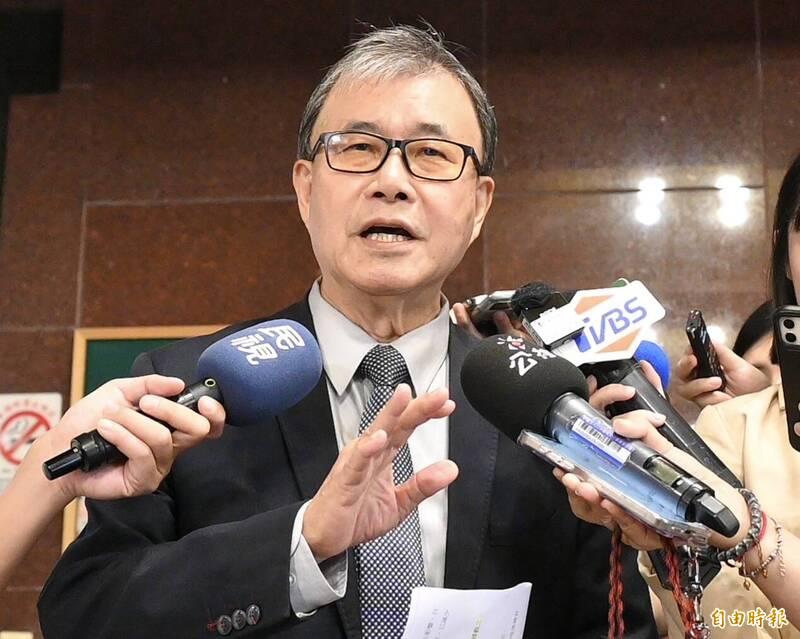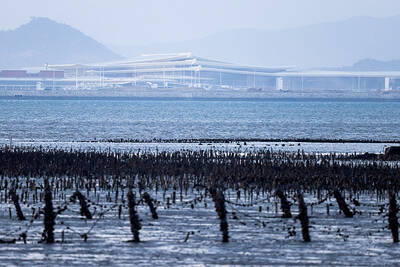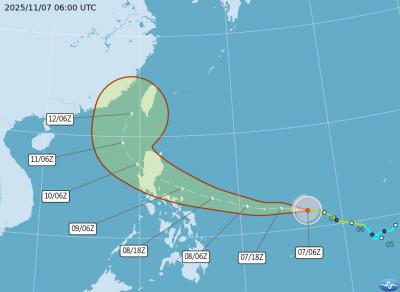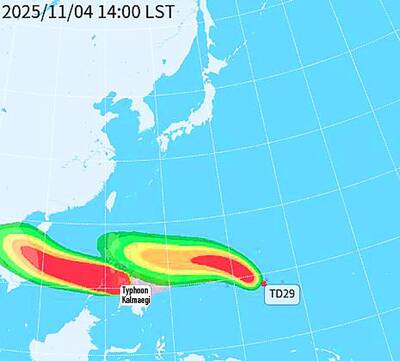The Ministry of Education today agreed to discuss the potential of allowing Chinese students in Hong Kong and Japan to study in Taiwan, following a suggestion from a Chinese Nationalist Party (KMT) lawmaker.
Legislator Lo Ting-wei (羅廷瑋) made the suggestion during a meeting of the Legislative Yuan’s Education and Culture Committee, where Minister of Education Cheng Ying-yao (鄭英耀) was invited to give a policy update.

Photo: Tu Chien-jung, Taipei Times
Cheng promised to assess the suggestion in detail, with the caveat that China has so far seemed uninterested in allowing for student exchanges.
After the outbreak of the COVID-19 pandemic, China suspended the entry of new students to Taiwan. Only those who are currently continuing their studies, such as an undergraduate student who went on to pursue a master's degree, have been allowed to remain.
In his inaugural speech in May, President William Lai (賴清德) mentioned bilateral tourism and student exchanges as a way for both sides to restart positive engagement and pursue common goals.
Cheng said that since assuming the ministerial role, he has tried to communicate with his counterparts in China about the issue, but that their attitude has been closed off so far.
The lack of communication also makes it difficult to estimate how many Chinese students would be interested in studying in Taiwan, and the ministry has instead focused on attracting students from Southeast Asia, Europe and the US, he said.
While he said he understood the difficulties, Lo raised concerns about Taiwan falling behind other countries in the race to attract the best and brightest college students.
In addition to accepting Chinese students, Lo suggested opening overseas Chinese-language schools or targeting Chinese students already in Hong Kong and Japan.
There are many Chinese students in Hong Kong willing to come to Taiwan, Lo said, to which Cheng replied that the ministry would have more detailed internal discussions on the matter.

Three Taiwanese airlines have prohibited passengers from packing Bluetooth earbuds and their charger cases in checked luggage. EVA Air and Uni Air said that Bluetooth earbuds and charger cases are categorized as portable electronic devices, which should be switched off if they are placed in checked luggage based on international aviation safety regulations. They must not be in standby or sleep mode. However, as charging would continue when earbuds are placed in the charger cases, which would contravene international aviation regulations, their cases must be carried as hand luggage, they said. Tigerair Taiwan said that earbud charger cases are equipped

UNILATERAL MOVES: Officials have raised concerns that Beijing could try to exert economic control over Kinmen in a key development plan next year The Civil Aviation Administration (CAA) yesterday said that China has so far failed to provide any information about a new airport expected to open next year that is less than 10km from a Taiwanese airport, raising flight safety concerns. Xiamen Xiangan International Airport is only about 3km at its closest point from the islands in Kinmen County — the scene of on-off fighting during the Cold War — and construction work can be seen and heard clearly from the Taiwan side. In a written statement sent to Reuters, the CAA said that airports close to each other need detailed advanced

Tropical Storm Fung-Wong would likely strengthen into a typhoon later today as it continues moving westward across the Pacific before heading in Taiwan’s direction next week, the Central Weather Administration (CWA) said. As of 8am, Fung-Wong was about 2,190km east-southeast of Cape Oluanpi (鵝鑾鼻), Taiwan’s southernmost point, moving westward at 25kph and possibly accelerating to 31kph, CWA data showed. The tropical storm is currently over waters east of the Philippines and still far from Taiwan, CWA forecaster Tseng Chao-cheng (曾昭誠) said, adding that it could likely strengthen into a typhoon later in the day. It is forecast to reach the South China Sea

WEATHER Typhoon forming: CWA A tropical depression is expected to form into a typhoon as early as today, the Central Weather Administration (CWA) said yesterday, adding that the storm’s path remains uncertain. Before the weekend, it would move toward the Philippines, the agency said. Some time around Monday next week, it might reach a turning point, either veering north toward waters east of Taiwan or continuing westward across the Philippines, the CWA said. Meanwhile, the eye of Typhoon Kalmaegi was 1,310km south-southeast of Oluanpi (鵝鑾鼻), Taiwan’s southernmost point, as of 2am yesterday, it said. The storm is forecast to move through central